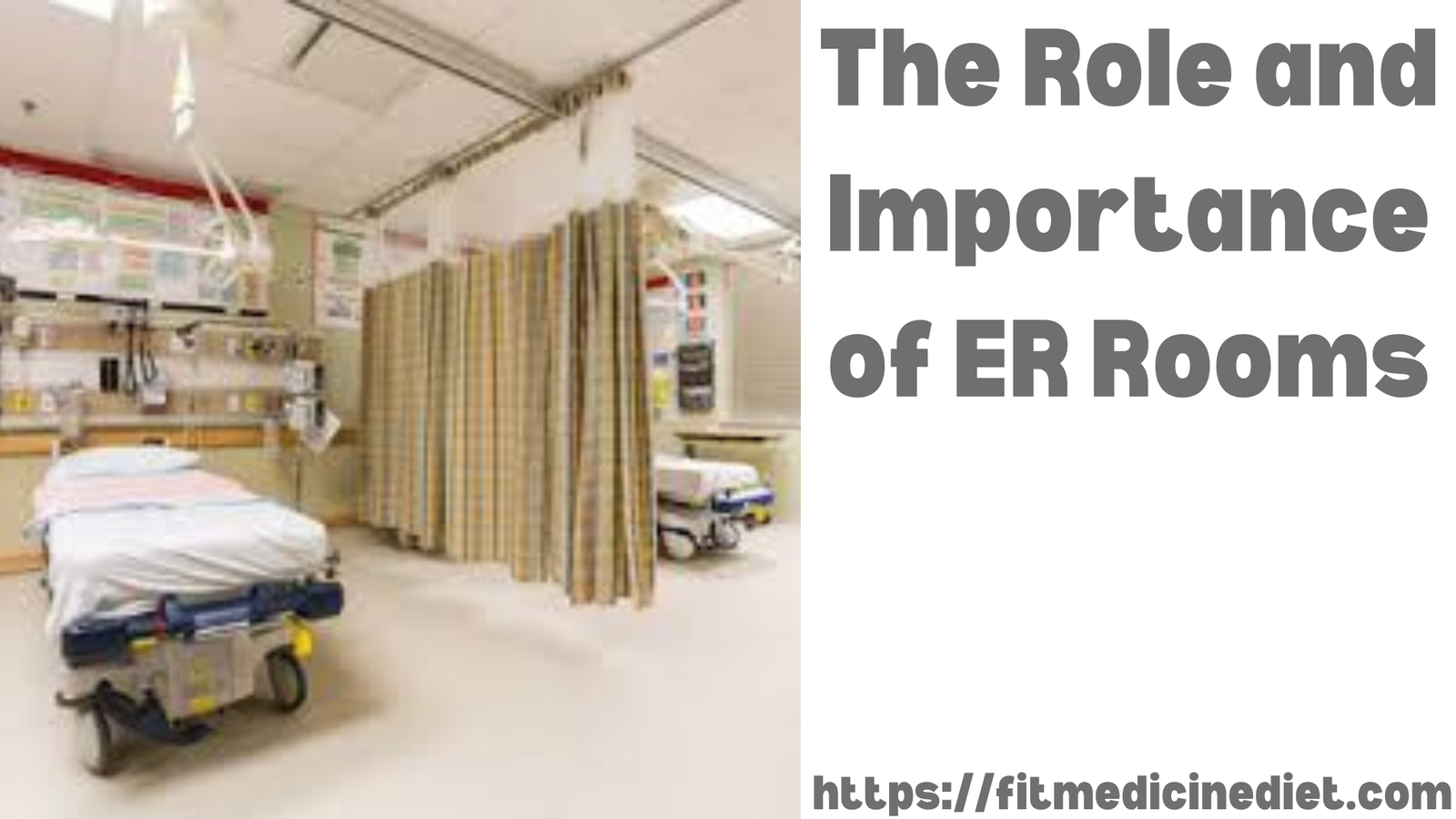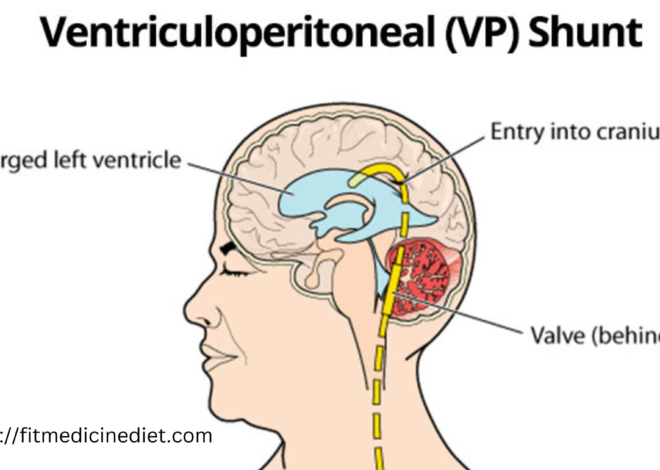
Understanding ER Rooms Best Information 2024 : The Lifeline of Healthcare Systems
Emergency Rooms (ER rooms) are pivotal components of modern healthcare systems, serving as the first point of contact for individuals experiencing acute medical emergencies. Whether it’s a life-threatening injury, sudden illness, or unexpected health crisis, ER rooms are designed to provide immediate and comprehensive care. This article delves into the multifaceted nature of ER rooms, exploring their functions, challenges, design considerations, technological advancements, and their critical role in saving lives.
The Role and Importance of ER Rooms
Immediate Medical Attention
ER rooms are equipped to handle a wide range of medical emergencies, from minor injuries to severe trauma. The primary objective is to stabilize patients, prevent deterioration, and initiate necessary treatments promptly. This immediacy is crucial, as timely intervention can significantly improve patient outcomes and, in some cases, be the difference between life and death.
Comprehensive Care
ER rooms are staffed by multidisciplinary teams, including emergency physicians, nurses, technicians, and support staff, all trained to manage various medical scenarios. They are equipped with diagnostic tools such as X-rays, CT scanners, and laboratory facilities to facilitate rapid assessment and treatment. This comprehensive approach ensures that patients receive holistic care tailored to their specific needs.
Accessibility and Availability
One of the defining features of ER rooms is their 24/7 availability. Emergencies do not adhere to a schedule, and having round-the-clock access ensures that individuals can seek immediate help whenever necessary. This accessibility is especially critical in areas where other medical services may be limited or unavailable outside regular hours.
Challenges Faced by ER Rooms
Overcrowding and Resource Constraints
ER rooms often grapple with overcrowding, especially in regions with high population densities or during public health crises like pandemics. Limited space, beds, and medical resources can strain the capacity to provide timely and effective care. Overcrowding not only affects patient wait times but can also compromise the quality of care, increasing the risk of medical errors.
Staffing Shortages
Maintaining an adequate number of trained medical professionals is a persistent challenge. High turnover rates, burnout, and the demanding nature of emergency medicine contribute to staffing shortages. Insufficient staff can lead to increased workloads, decreased morale, and potential lapses in patient care.
Managing Diverse Medical Cases
ER rooms encounter a vast array of medical conditions, each requiring different expertise and resources. From traumatic injuries and cardiac arrests to psychiatric emergencies and infectious diseases, the diversity of cases demands versatility and adaptability from the healthcare team. Ensuring that the ER is equipped and prepared for such variety is a continual challenge.
Financial Constraints
Operating an ER is expensive, involving costs related to staffing, equipment, maintenance, and supplies. Financial constraints can limit the ability to upgrade facilities, adopt new technologies, or expand services. Additionally, funding disparities between public and private hospitals can impact the quality and accessibility of emergency care.
Design Considerations for ER Rooms
Layout and Space Optimization
Effective ER design focuses on optimizing space to facilitate smooth patient flow and efficient operations. This includes separate zones for triage, treatment, diagnostics, and observation to minimize congestion and enhance workflow. Strategic placement of essential equipment and supplies ensures quick access during emergencies.
Infection Control
Infection prevention is paramount in ER settings to protect patients and staff from hospital-acquired infections. Design elements such as easily cleanable surfaces, proper ventilation systems, and isolation areas for infectious patients are critical. Implementing these features helps maintain a safe and hygienic environment.
Patient Comfort and Privacy
Despite the urgency of medical care, patient comfort and privacy should not be overlooked. Designing ER rooms with features like comfortable seating, adequate lighting, and private consultation areas can alleviate patient stress and improve the overall experience. Privacy considerations also ensure that sensitive medical information is protected.
Flexibility and Scalability
ER rooms must be adaptable to accommodate varying patient volumes and emerging medical needs. Flexible designs that allow for reconfiguration of spaces and the integration of new technologies enable ERs to respond effectively to changing circumstances, such as sudden surges in patient numbers or the introduction of advanced medical procedures.
Technological Advancements in ER Rooms
Electronic Health Records (EHRs)
The adoption of Electronic Health Records has revolutionized ER operations by streamlining patient information management. EHRs enable quick access to medical histories, medications, and previous treatments, facilitating informed decision-making and reducing the likelihood of errors.
Telemedicine
Telemedicine has emerged as a valuable tool in ER settings, allowing for remote consultations with specialists and facilitating timely interventions. This technology is particularly beneficial in underserved areas or during situations where on-site expertise is limited.
Advanced Diagnostic Tools
Modern ER rooms are equipped with state-of-the-art diagnostic tools such as portable ultrasound machines, point-of-care testing devices, and real-time imaging systems. These technologies enhance the accuracy and speed of diagnoses, enabling prompt and targeted treatments.
Artificial Intelligence (AI) and Predictive Analytics
AI and predictive analytics are increasingly being integrated into ER operations to optimize patient triage, predict patient outcomes, and manage resources effectively. These technologies can analyze vast amounts of data to identify patterns, prioritize cases, and support clinical decision-making, ultimately improving the efficiency and effectiveness of emergency care.
Staffing and Training in ER Rooms
Multidisciplinary Teams
ER rooms rely on multidisciplinary teams that bring together diverse expertise to manage complex medical cases. This collaboration ensures comprehensive care, with each team member contributing their specialized skills to address various aspects of patient care.
Continuous Training and Education
Given the dynamic nature of emergency medicine, continuous training and education are essential for ER staff. Regular drills, simulation exercises, and professional development programs help maintain high standards of care, enhance clinical skills, and keep staff updated on the latest medical advancements and protocols.
Mental Health Support for Staff
The high-stress environment of ER rooms can take a toll on the mental health of healthcare professionals. Providing mental health support, such as counseling services, peer support groups, and stress management programs, is crucial to prevent burnout, reduce turnover, and ensure that staff remain resilient and effective.
Enhancing Patient Experience in ER Rooms
Efficient Triage Systems
Effective triage systems are vital for prioritizing patient care based on the severity of their conditions. Implementing streamlined triage protocols helps ensure that critically ill or injured patients receive immediate attention, while less urgent cases are managed appropriately without undue delays.
Clear Communication
Clear and compassionate communication between healthcare providers and patients is essential for building trust and ensuring that patients understand their treatment plans. Providing regular updates, explaining procedures, and addressing concerns can enhance the overall patient experience and satisfaction.
Reducing Wait Times
Long wait times are a common source of frustration for ER patients. Implementing strategies to reduce wait times, such as optimizing patient flow, increasing staffing during peak hours, and utilizing technology for efficient resource management, can significantly improve patient satisfaction and outcomes.
Support Services
Offering support services such as patient navigation, social work, and mental health counseling can address the broader needs of patients and their families. These services help ensure that patients receive comprehensive care that extends beyond immediate medical treatment.
Innovations and Future Trends in ER Rooms
Integrated Care Models
Integrated care models that combine emergency services with primary care, mental health services, and community resources are gaining traction. These models aim to provide holistic care, addressing the root causes of health issues and reducing the burden on ERs by diverting non-emergency cases to appropriate settings.
Sustainable and Green ER Design
Sustainability is becoming an important consideration in ER design. Implementing eco-friendly practices such as energy-efficient lighting, water-saving fixtures, and sustainable materials can reduce the environmental impact of ER operations while also lowering operational costs.
Personalized Medicine
The future of ER care lies in personalized medicine, where treatments are tailored to individual patients based on their genetic makeup, lifestyle, and specific health conditions. Integrating personalized medicine into ER protocols can enhance the effectiveness of treatments and improve patient outcomes.
Enhanced Data Security
As ERs increasingly rely on digital technologies, ensuring the security and privacy of patient data becomes paramount. Advanced cybersecurity measures and compliance with data protection regulations are essential to safeguard sensitive information and maintain patient trust.
The Global Perspective on ER Rooms
Variations in ER Systems
ER systems vary significantly across different countries and regions, influenced by factors such as healthcare infrastructure, funding models, and cultural attitudes towards emergency care. Understanding these variations is essential for addressing global health challenges and improving emergency care standards worldwide.
Addressing Disparities in Access
Access to quality ER care is uneven, with disparities often seen between urban and rural areas, high-income and low-income populations, and developed and developing countries. Efforts to address these disparities include investing in healthcare infrastructure, training more emergency healthcare professionals, and implementing policies that ensure equitable access to emergency services.
Responding to Global Health Emergencies
Global health emergencies, such as pandemics, natural disasters, and large-scale accidents, test the resilience and adaptability of ER systems. Strengthening emergency preparedness, enhancing international collaboration, and sharing best practices are crucial for improving the global response to such crises.
Conclusion
ER rooms are indispensable to the healthcare landscape, providing essential services that save lives and address urgent medical needs. Despite the myriad challenges they face, including overcrowding, staffing shortages, and financial constraints, ER rooms continue to evolve through design innovations, technological advancements, and improved care models. By prioritizing patient experience, supporting healthcare professionals, and embracing future trends, ER rooms can enhance their capacity to deliver effective and compassionate emergency care. As healthcare systems worldwide continue to adapt to changing demands and emerging health threats, the role of ER rooms as the frontline defenders of public health remains more critical than ever.
Investing in the continual improvement of ER rooms is not only a necessity for healthcare providers but also a fundamental responsibility towards communities. Ensuring that ERs are well-equipped, adequately staffed, and supported by robust policies and technologies will help safeguard public health and enhance the resilience of healthcare systems in the face of ongoing and future challenges.


